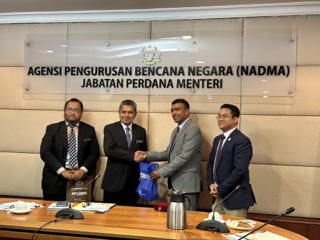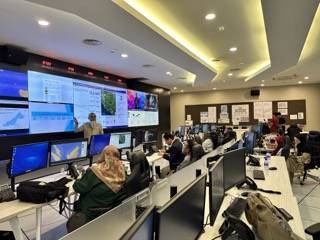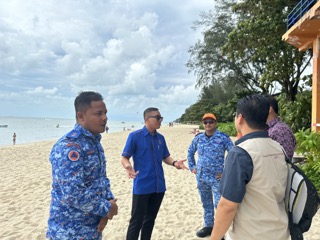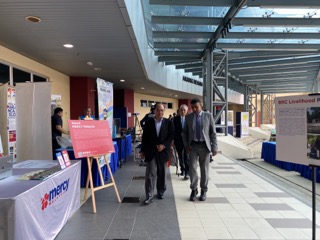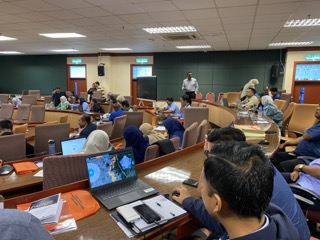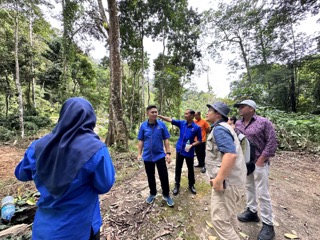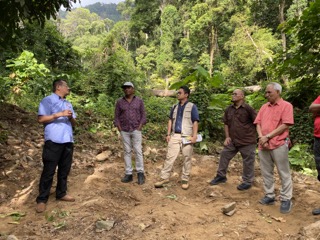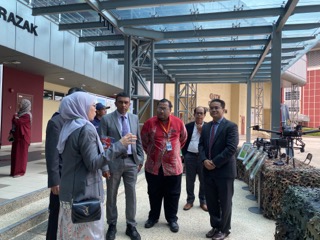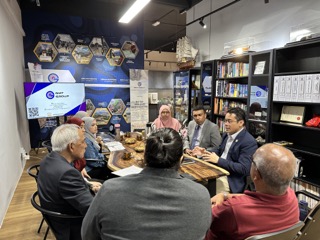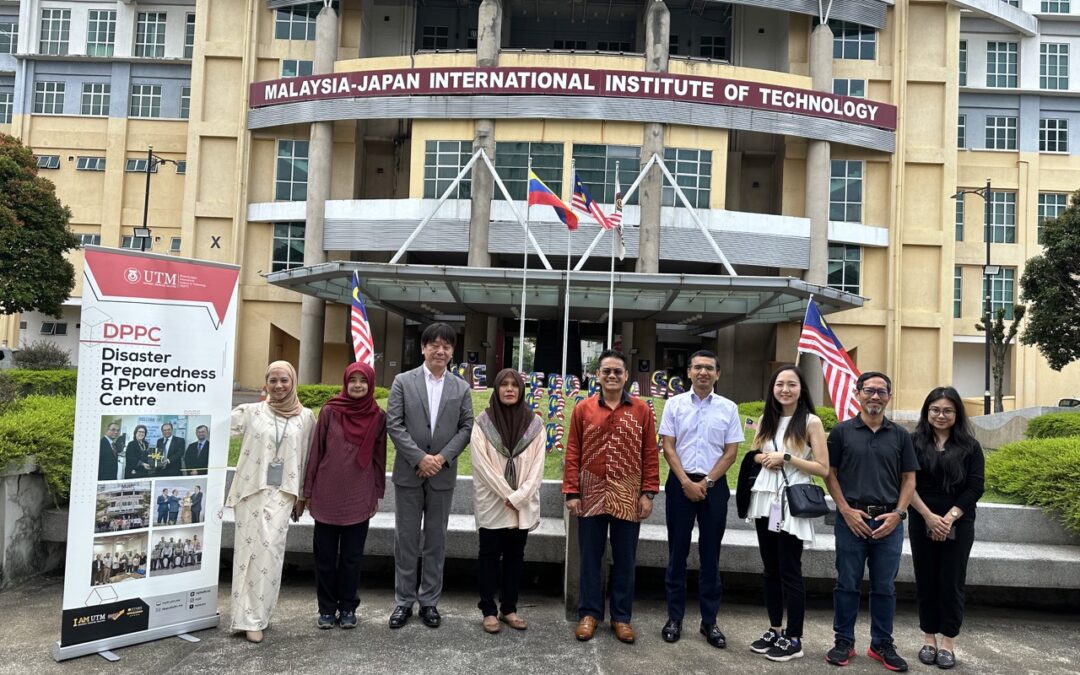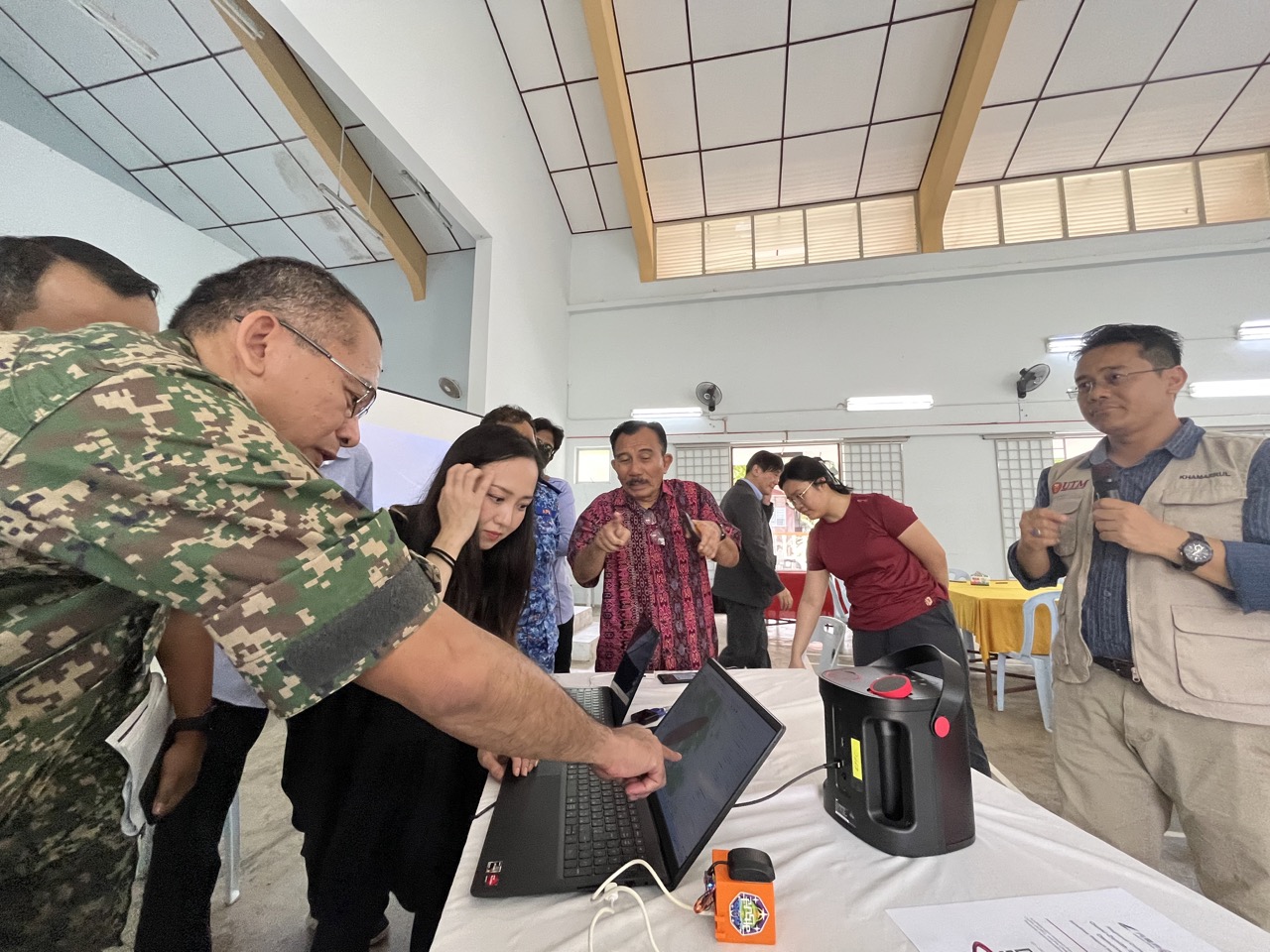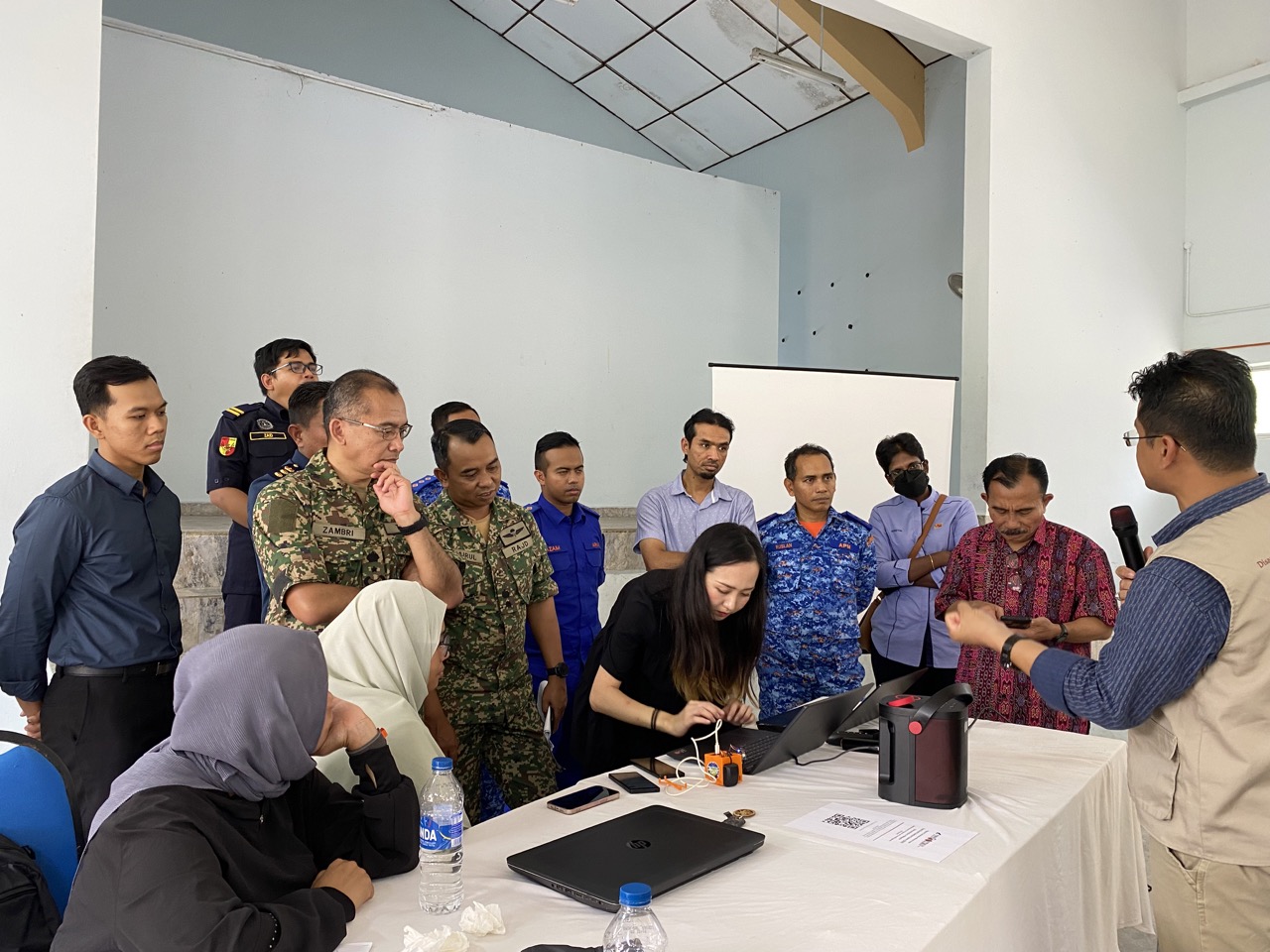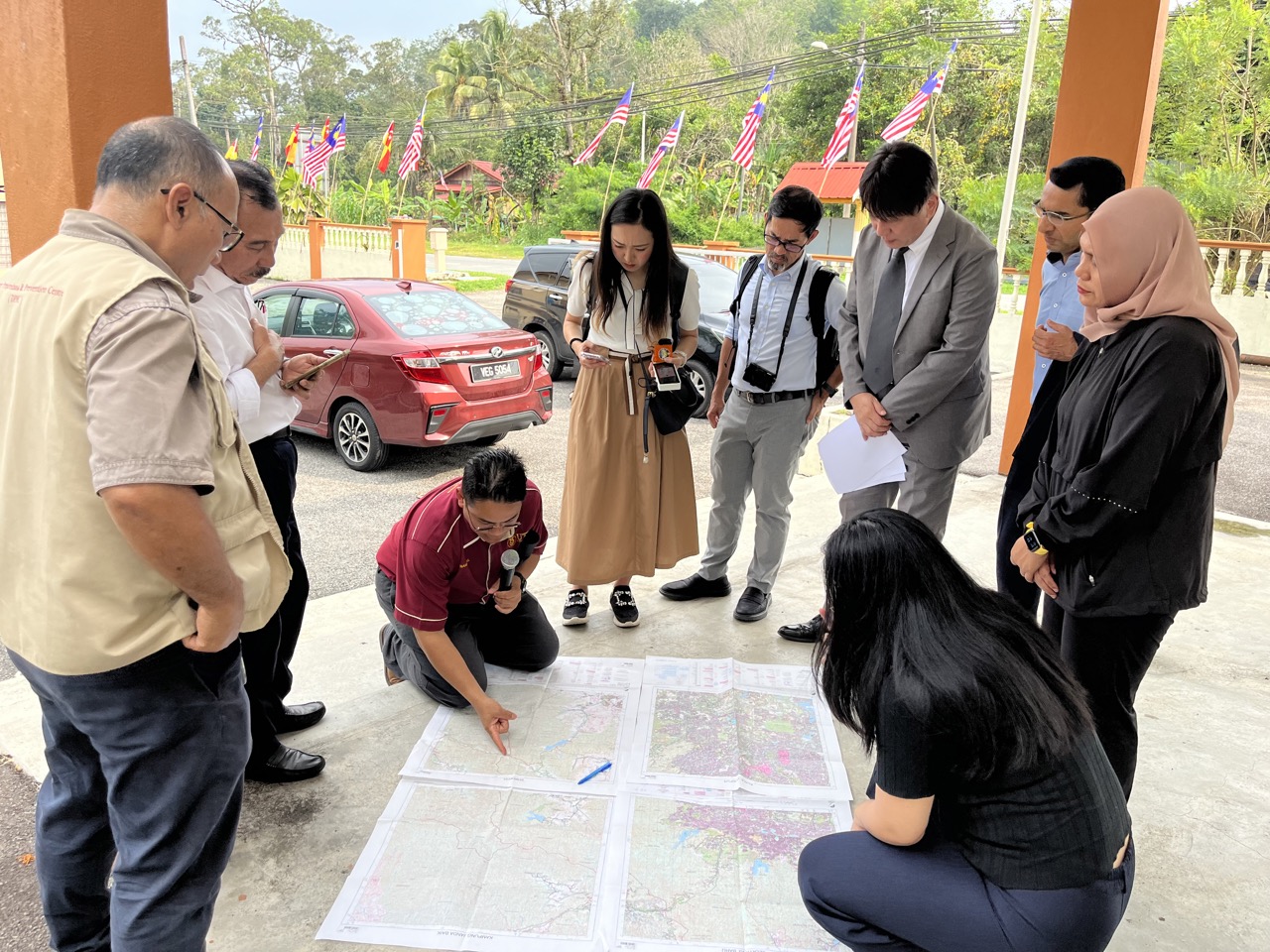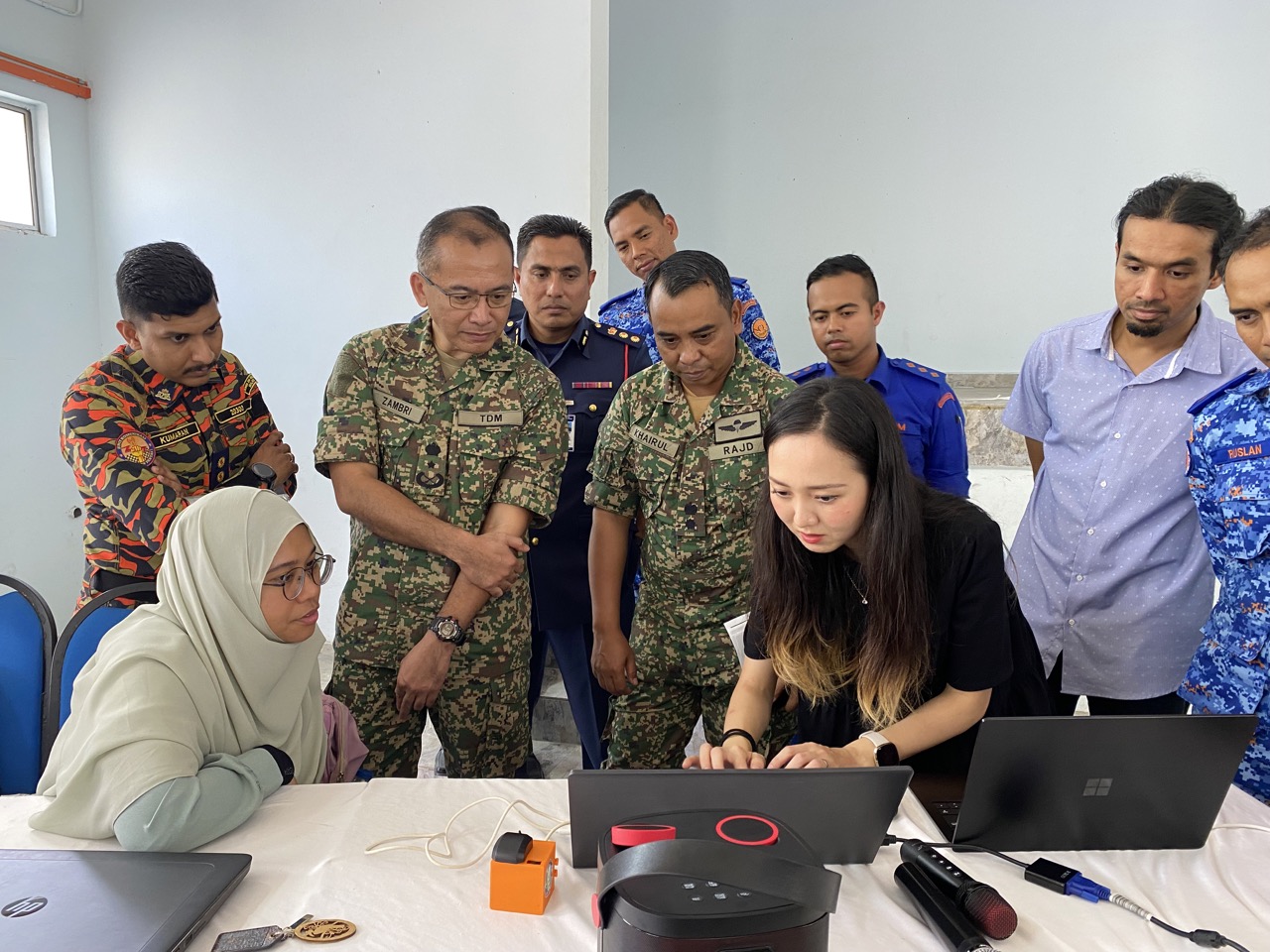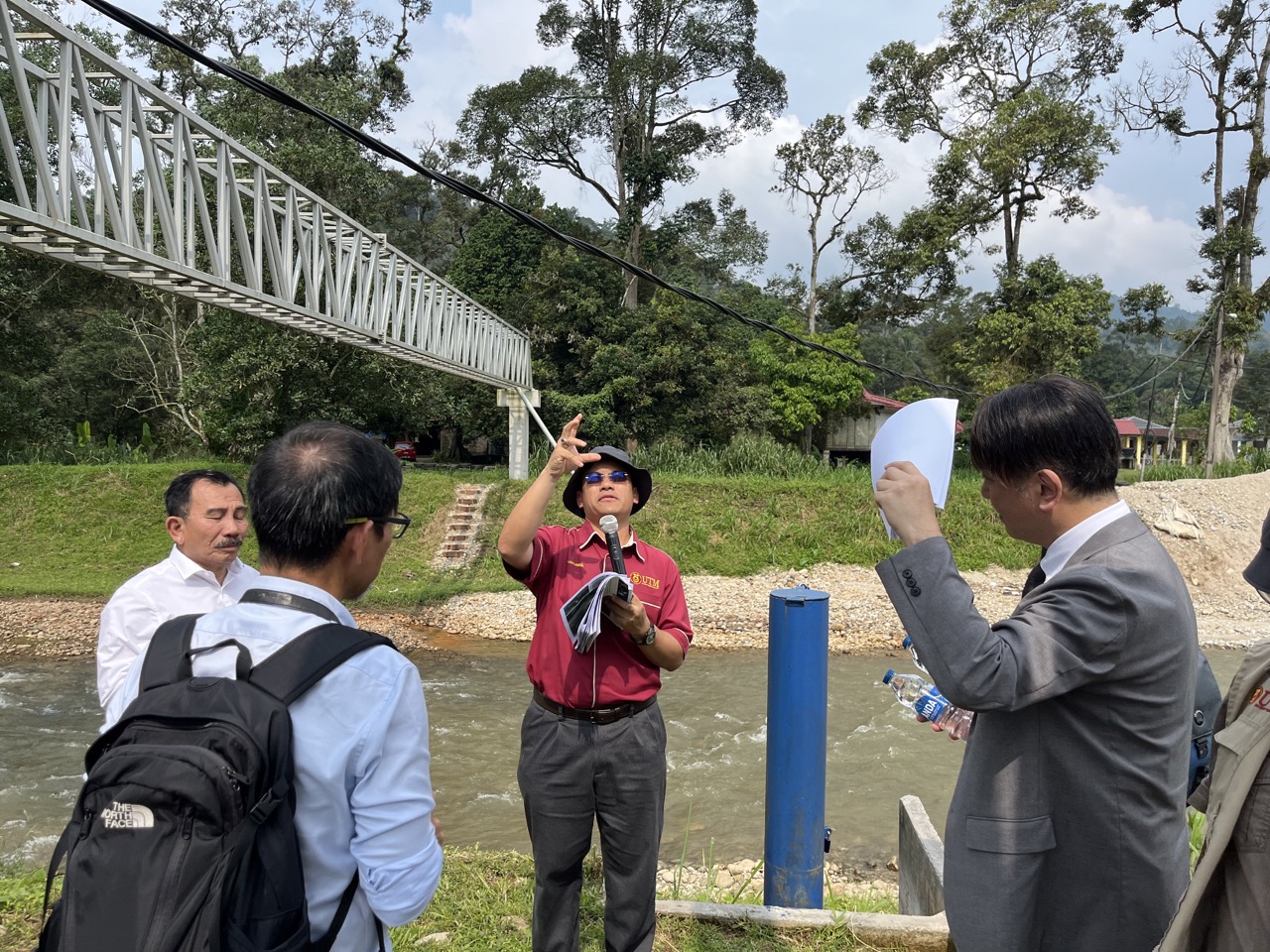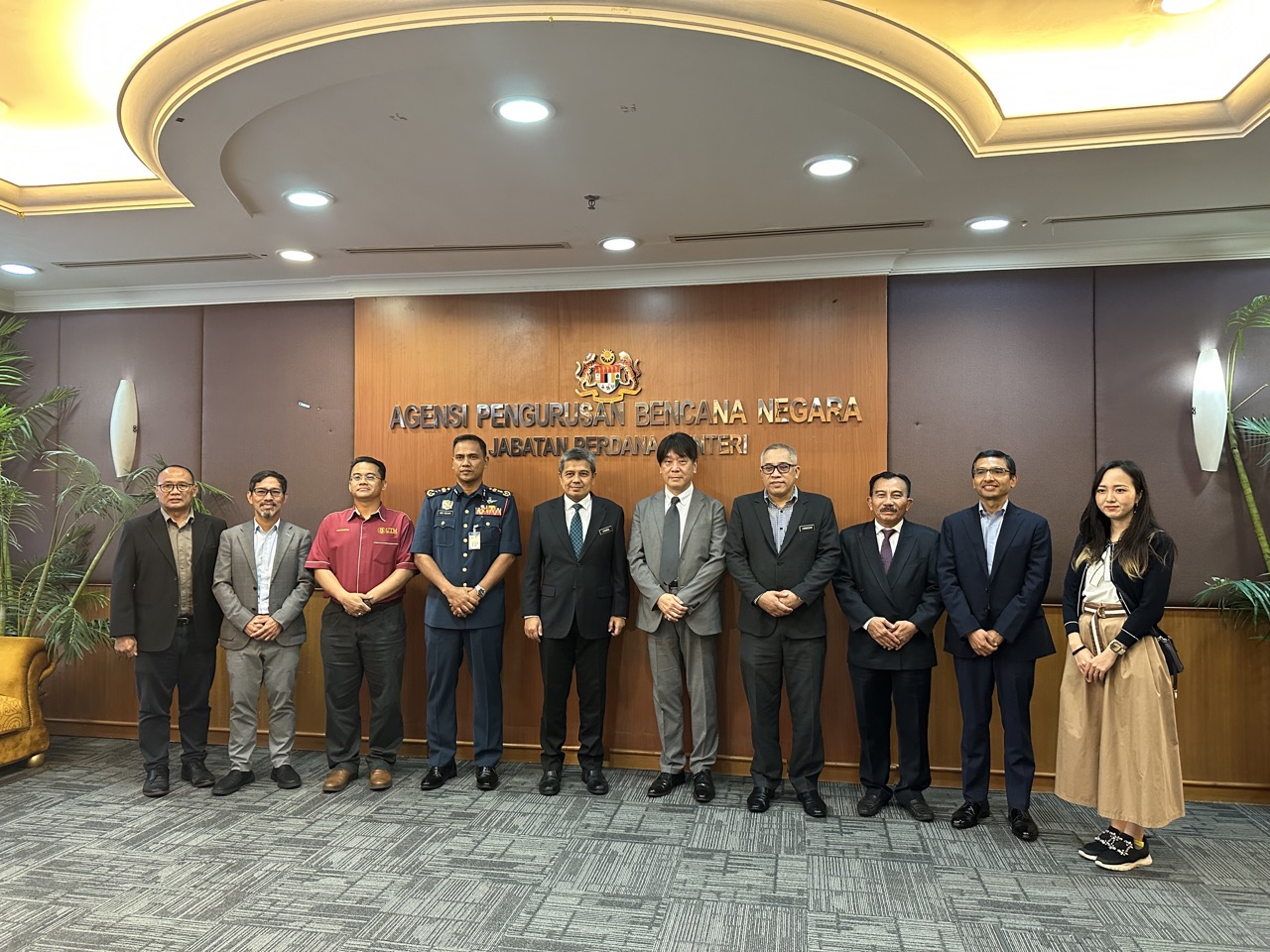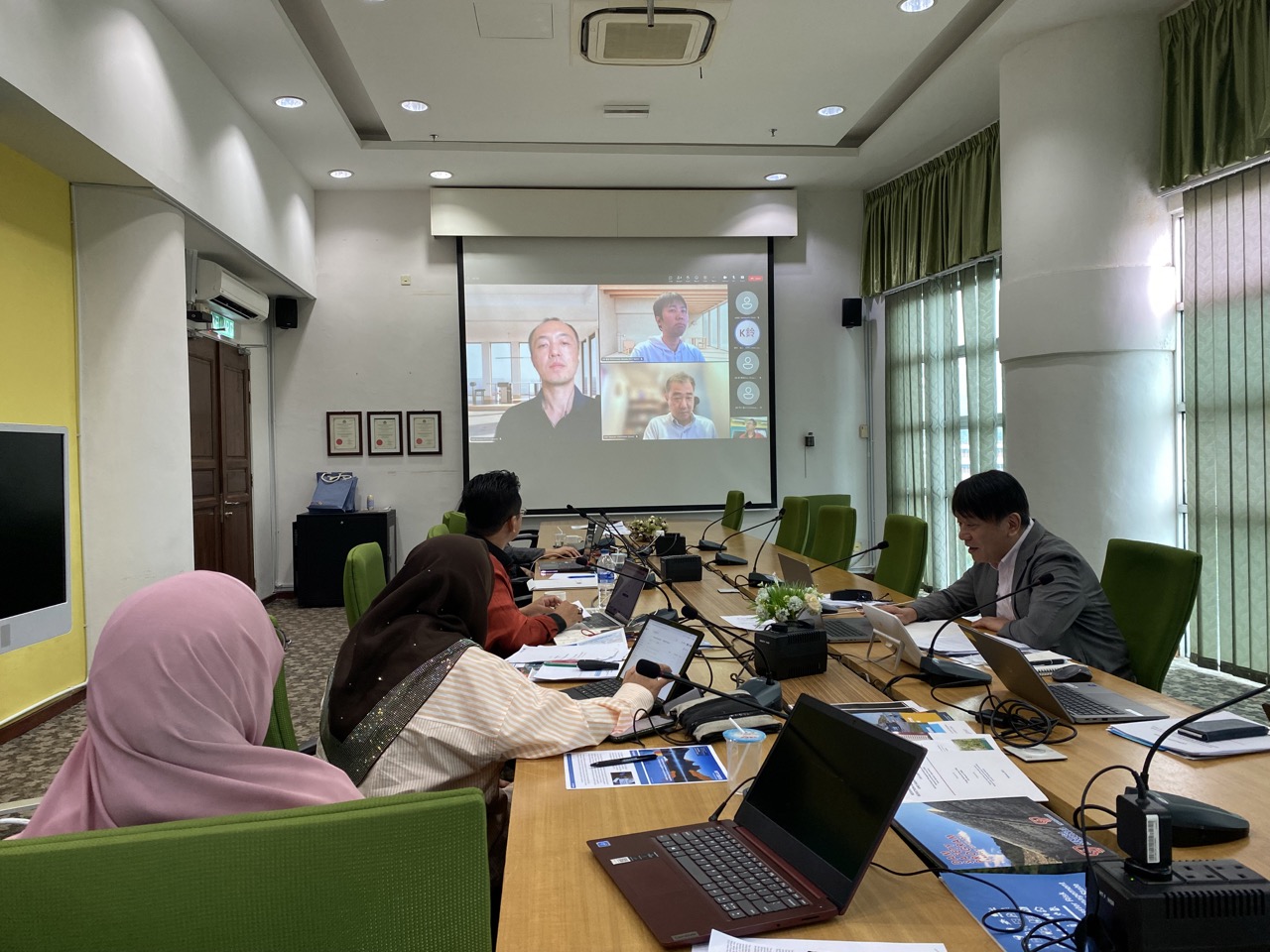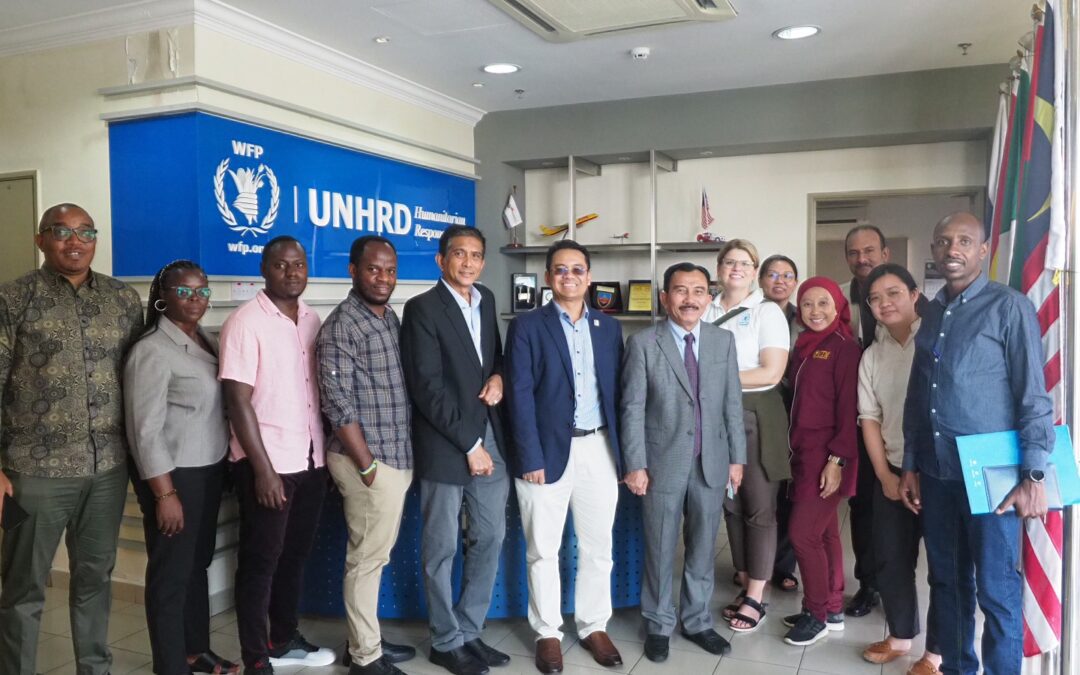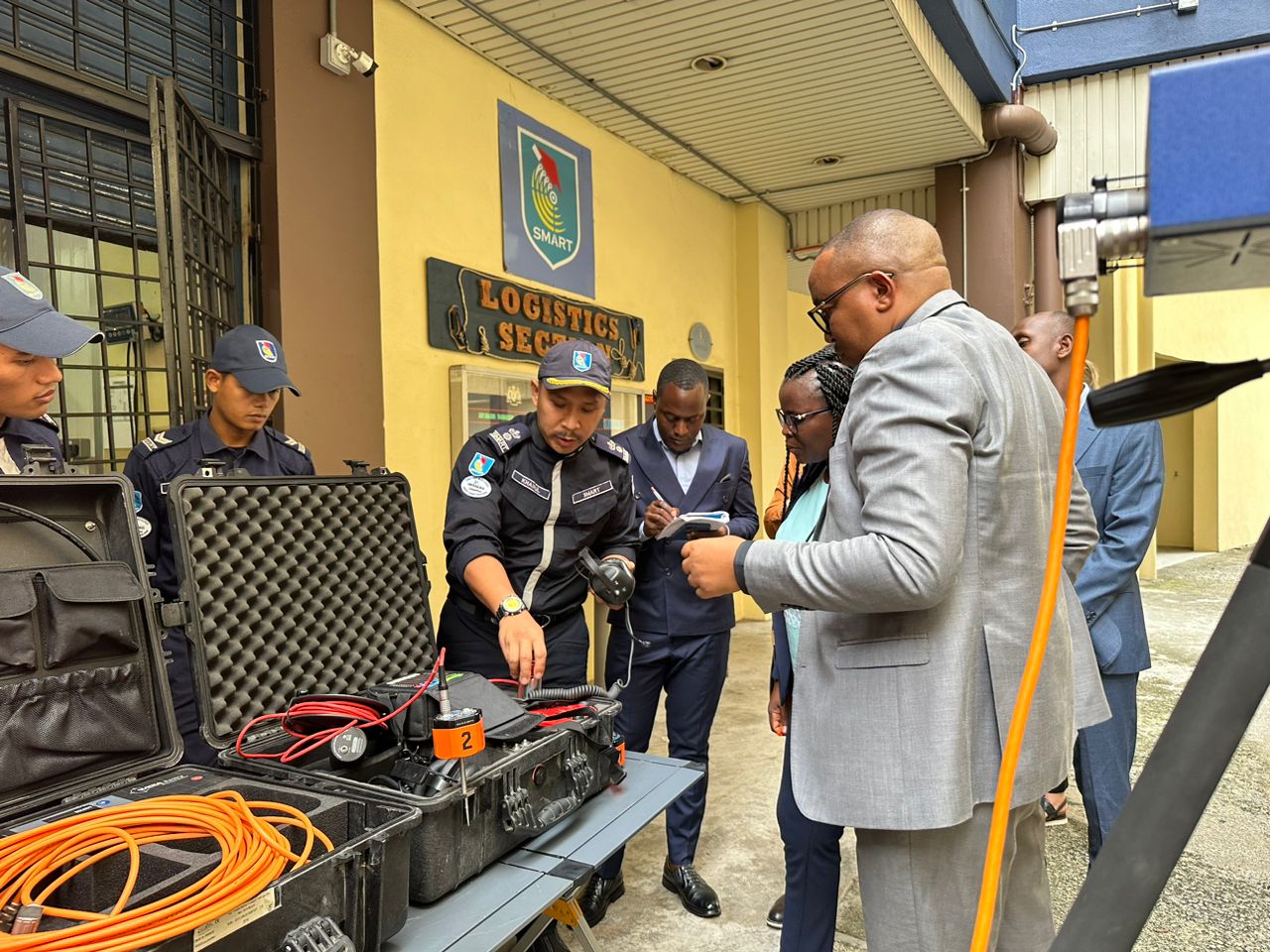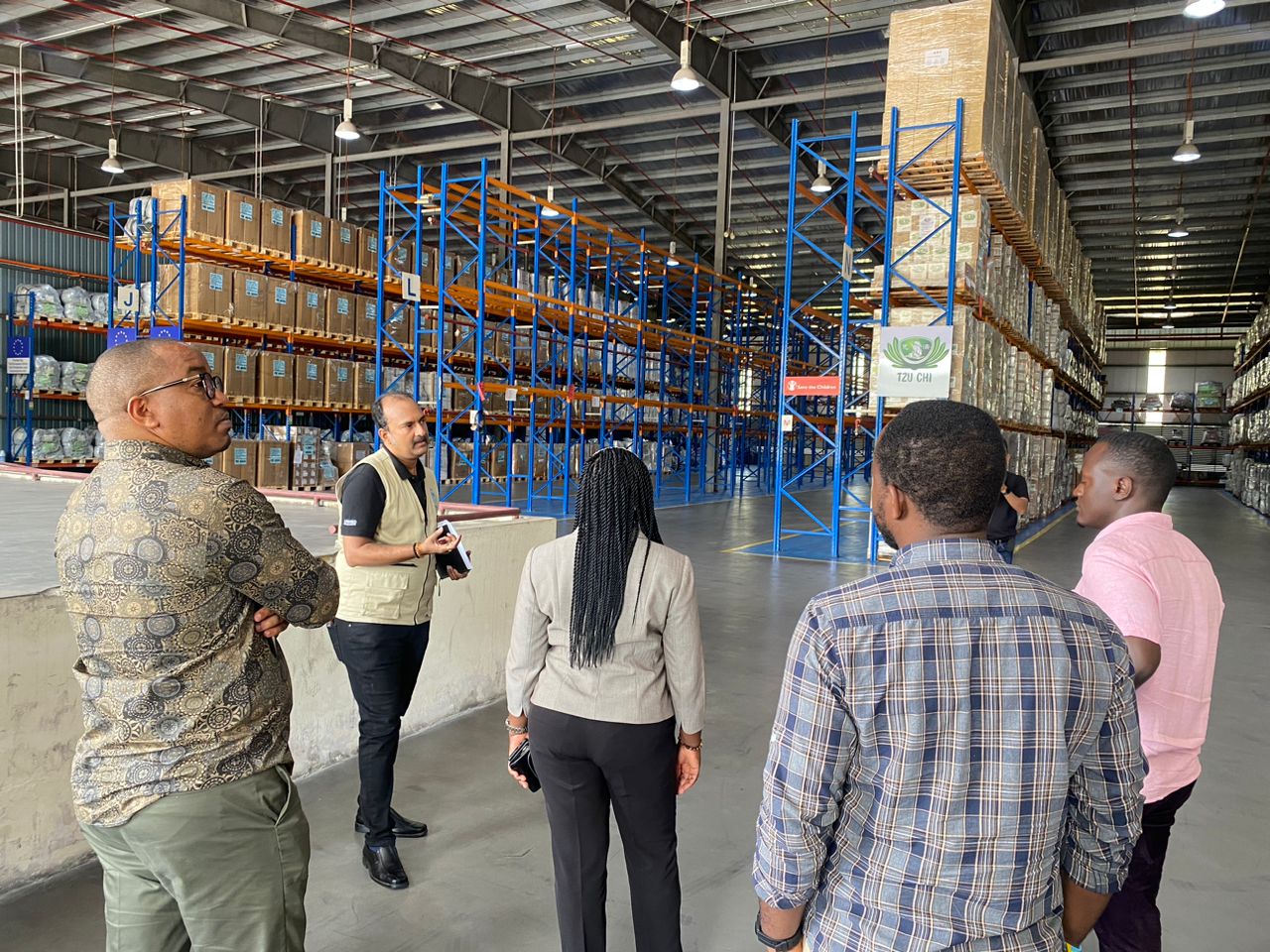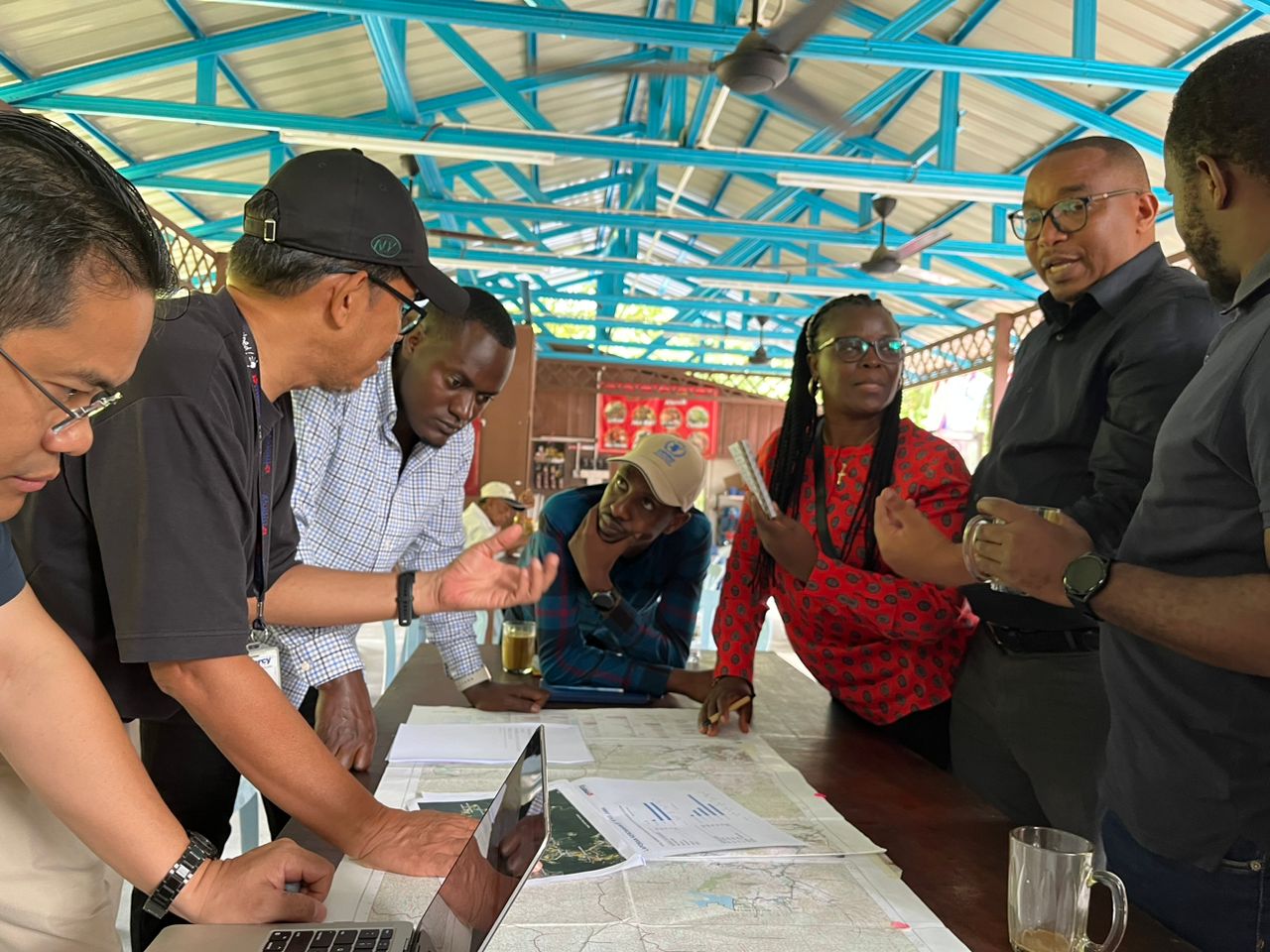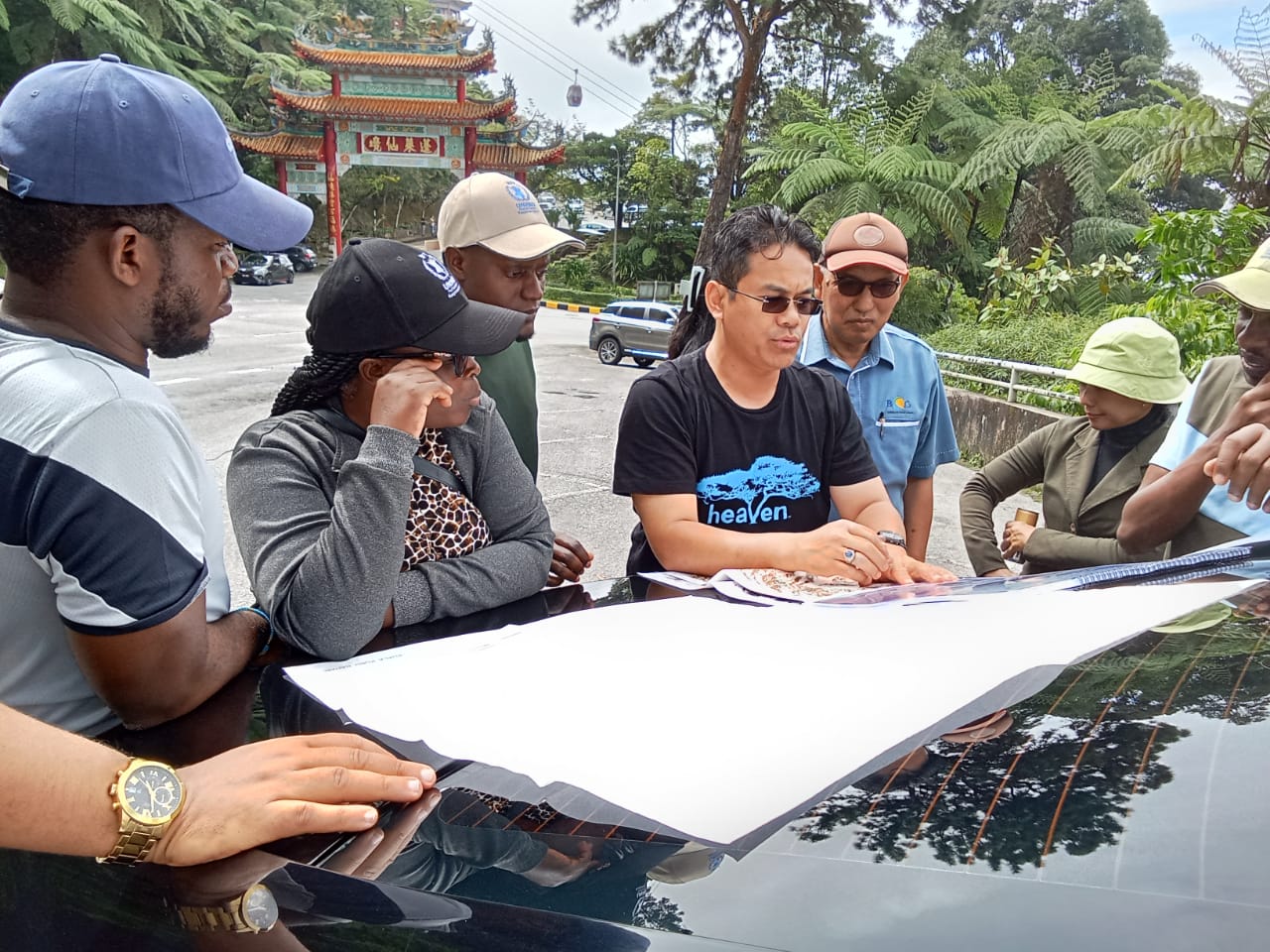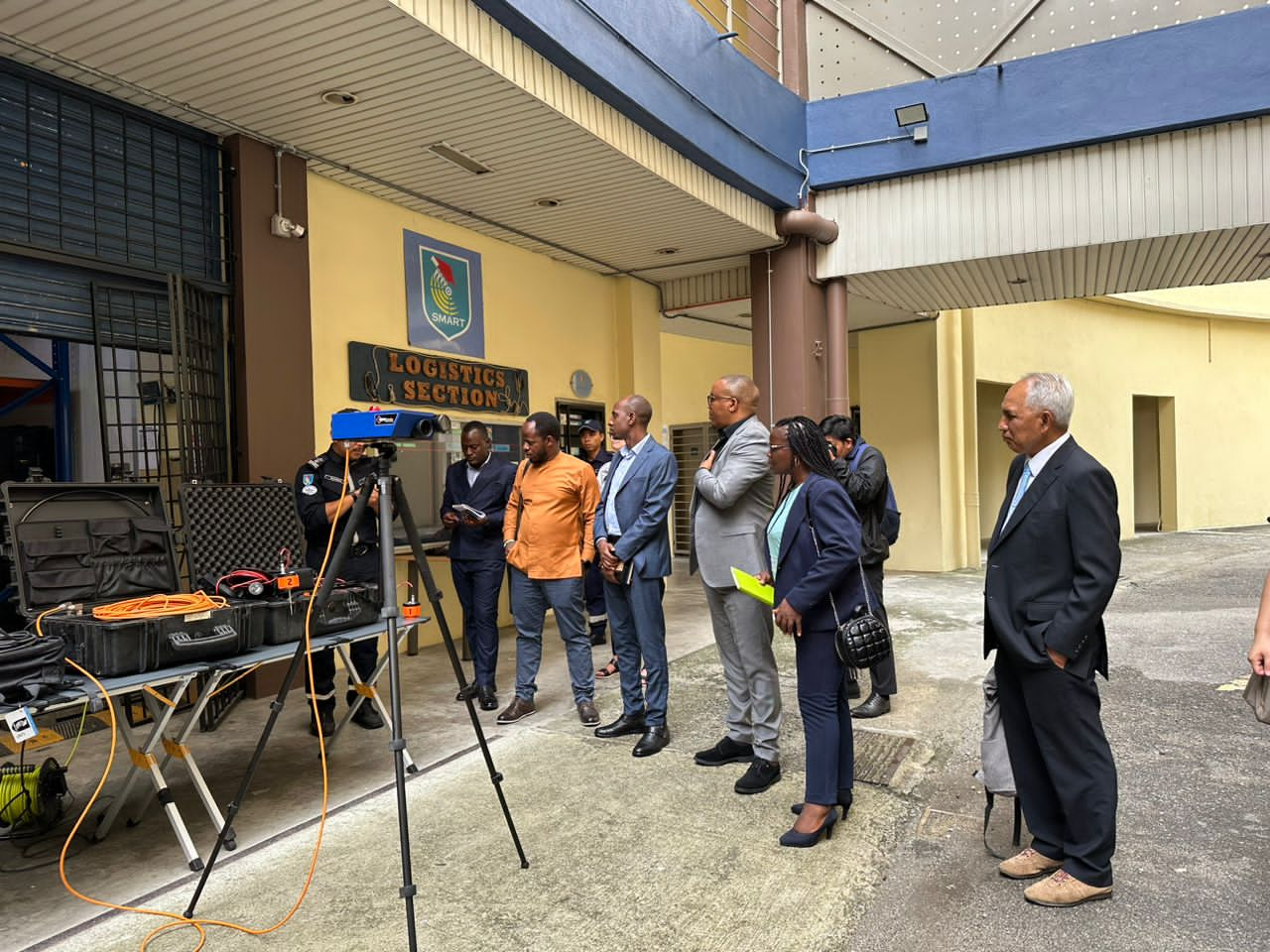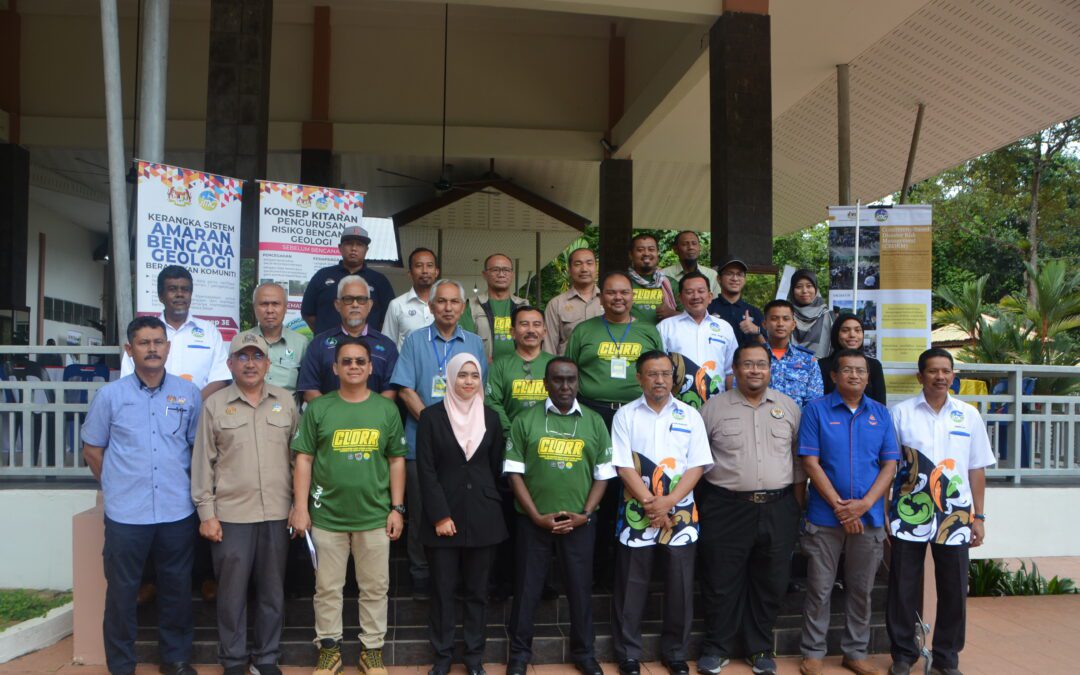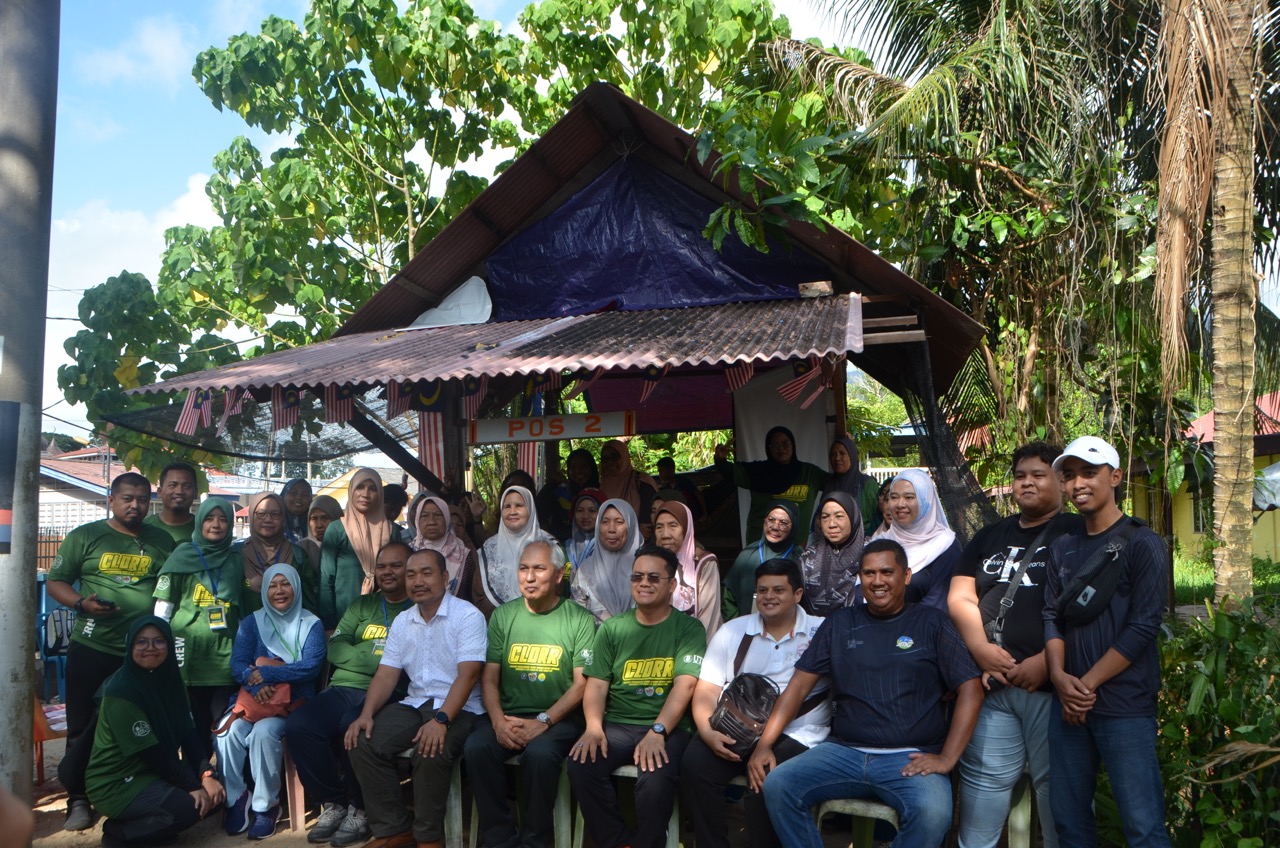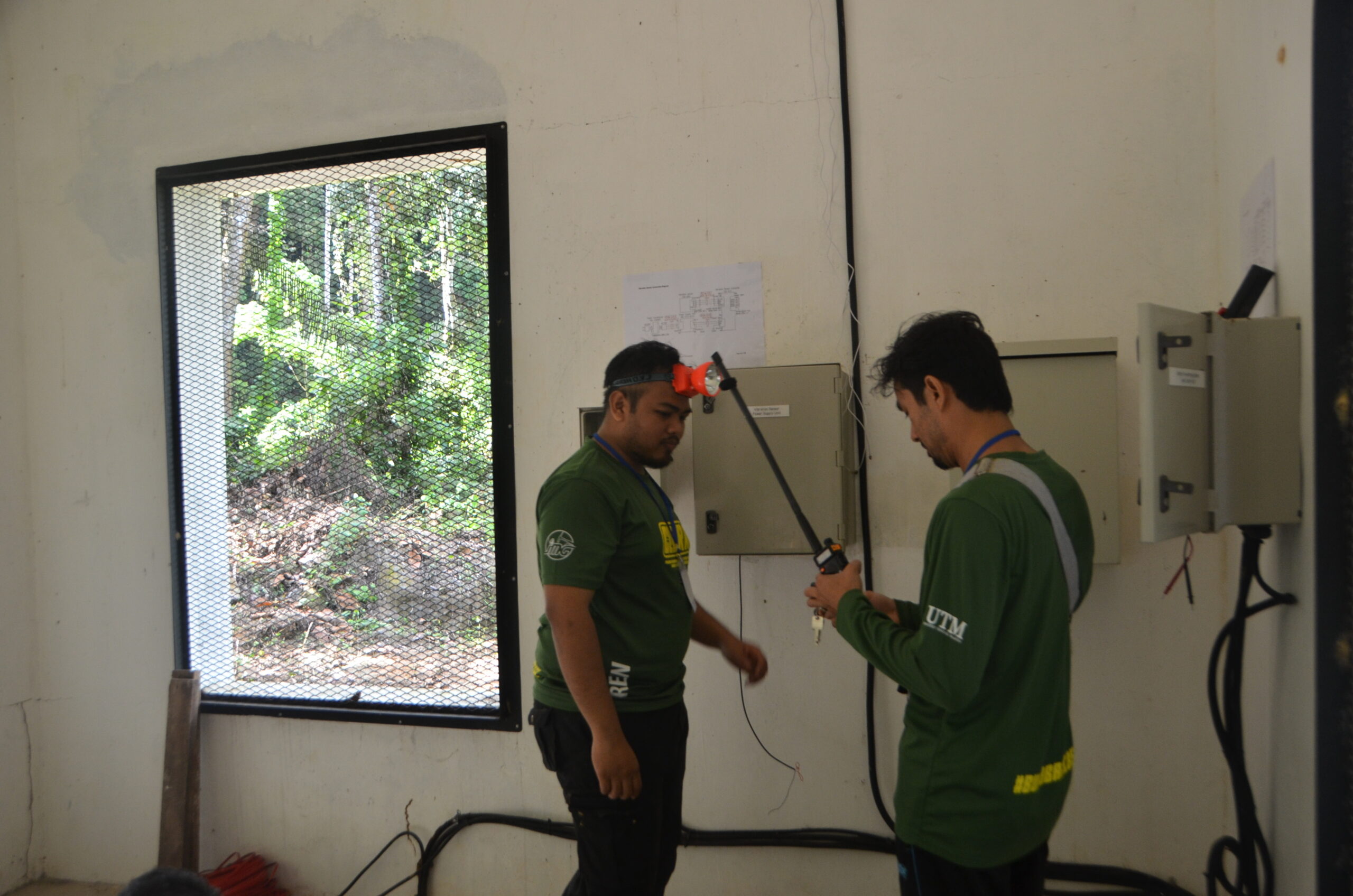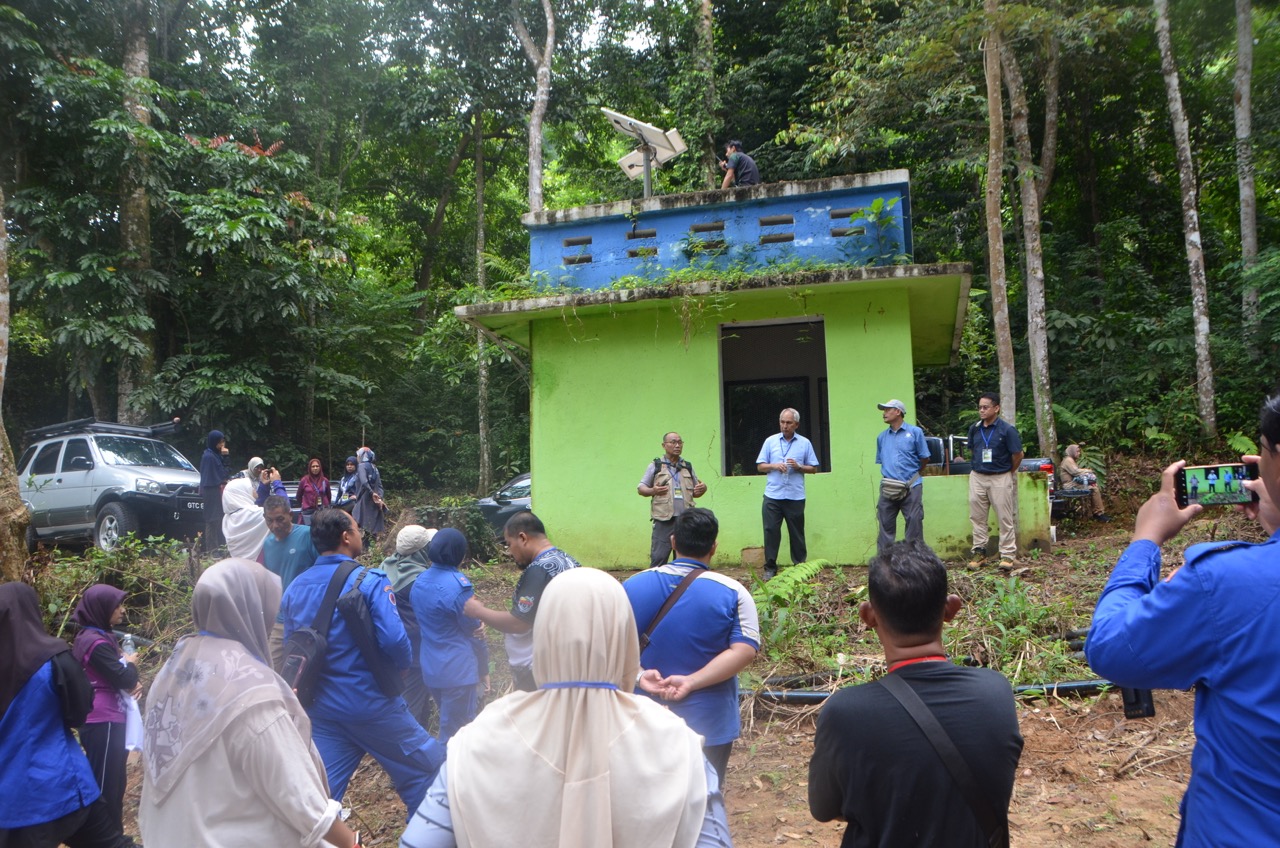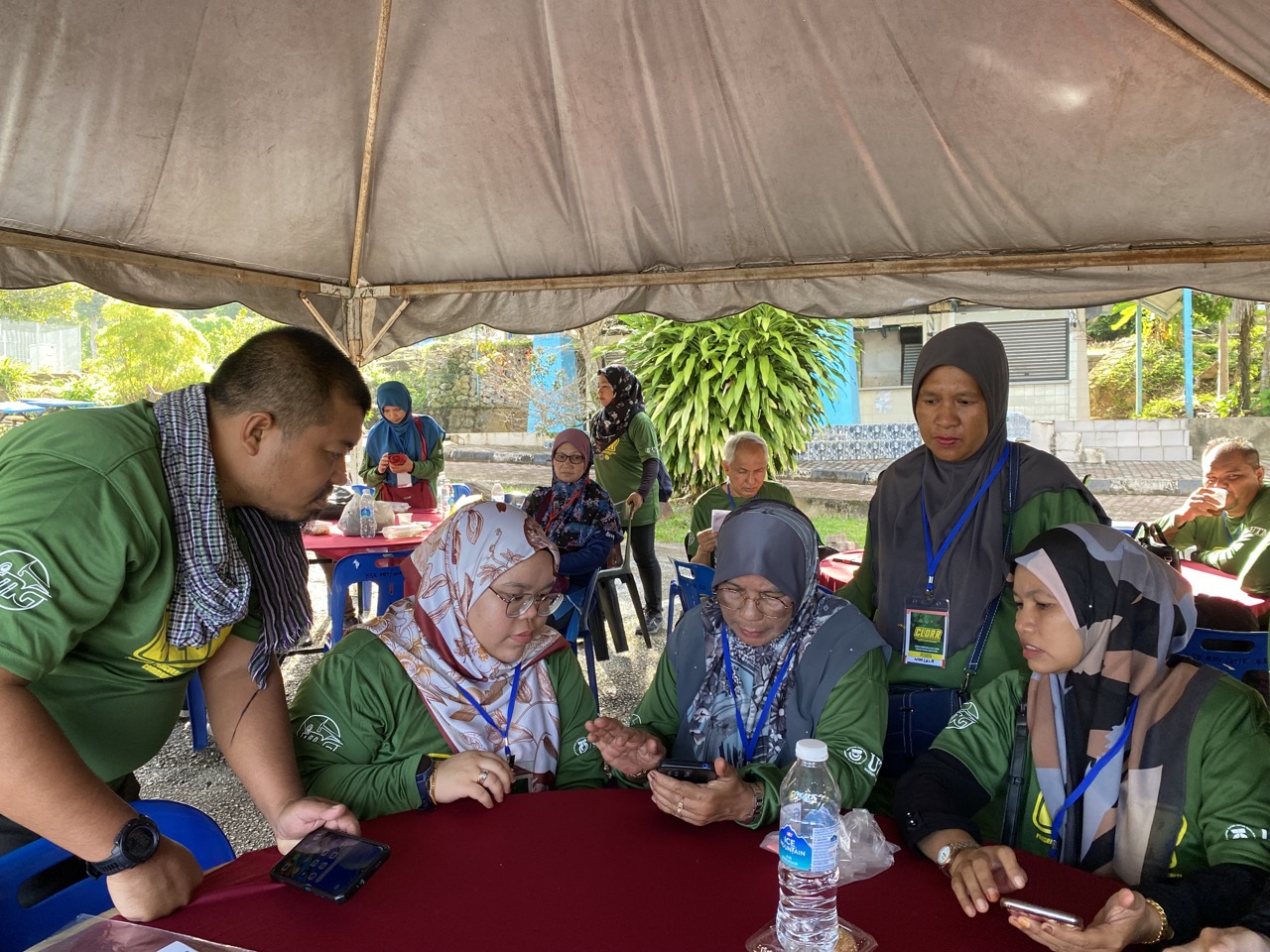PROGRAM KOLOKIUM | PENGURUSAN RISIKO GEOBENCANA DAN COMMUNITY-BASED DISASTER RISK MANAGEMENT (CBDRM) BAGI KAJIAN RANCANGAN TEMPATAN DAERAH HULU TERENGGANU, TERENGGANU 2035 (PENGGANTIAN)
Penganjuran kolokium ini merupakan program pertama antara Jabatan Perancangan Bandar dan Desa (PLANMalaysia) dengan Universiti Teknologi Malaysia (UTM) setelah meterai Memorandum Persefahaman (MoU) pada 11 Januari 2023 sebagai kerjasama strategik. Disaster Preparedness & Prevention Centre (DPPC), Malaysia-Japan International Institute ofTechnology (MJIIT) UTM merupakan rakan strategik yang berkemahiran dalam pengurusan risiko geobencana di Malaysia dan antarabangsa yang tepat untuk membantu Task Force Pengurusan Risiko Geobencana (Perancangan Spatial), PLANMalaysia. Bertepatan dengan kajian Rancangan Tempatan (RT) Majlis Daerah Hulu Terengganu, Terengganu 2035 (Penggantian) yang baru bermula pada 8 Mei 2023. Skop pengurusan risiko geobencana menjadi antara skop utama kajian. Fenomena perubahan iklim global menyumbang kepada risiko geobencana dan kejadian bencana. Namun begitu, pendedahan kepada aspek pengurusan risiko geobencana kepada komuniti setempat terutamanya yang terdedah dengan risiko bencana masih kurang.
Oleh itu, komuniti setempat perlu diberi pendedahan dan kesedaran berkaitan mekanisma terbaik pengurusan risiko geobeoncana dan pengukuhan daya tahan setempat. Ini bagi membolehkan komuniti bersiap siaga lebih awal, mampu bertindak dengan tepat semasa bencana, dan membangun semula dengan lebih baik. Penglibatan komuniti rentan dalam pemantapan pengurusan risiko bencana dilaksanakan secara rentas sektor melalui pelaksanaan program Community-Based Disaster Risk Management (CBDRM) unik berdasarkan modul latihan khusus berasaskan senario risiko bencana setempat. Petikan akhbar Berita Harian pada 22 September 2022 melaporkan bahawa penduduk di sekitar Empangan Kenyir bimbang akan kemungkinan empangan tersebut akan pecah disebabkan menerima taburan hujan lebat sehingga berisiko menyebabkan banjir besar. Berdasarkan senario yang dilaksanakan oleh pihak Tenaga Nasional Berhad dan Agensi Pengurusan Bencana Negara, jumlah penduduk yang terjejas mencecah ratusan ribu orang dan impak langsung empat (4) daerah di sekitarnya iaitu Hulu Terengganu, Marang, Kuala Terengganu dan Kuala Nerus, dan sekitarnya.

